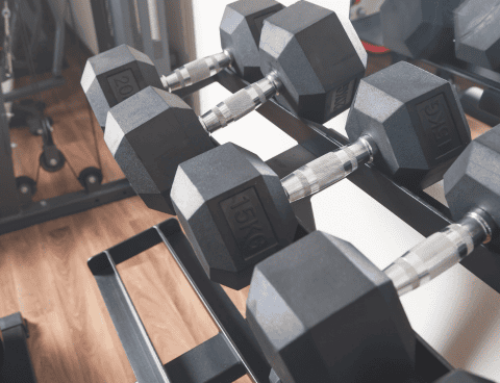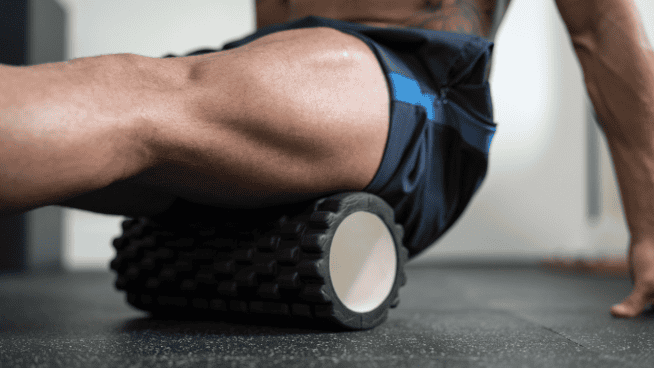Exercise of the Week: Bottoms-Up Kettlebell Carry
The STACK Exercise of the Week helps you improve your overall sports performance—including strength, speed, conditioning and flexibility.
The Exercise
Bottoms-Up Kettlebell Carry
Who Does It
Tim Collins, Kansas City Royals Pitcher
Sports Performance Benefits
The deceptively simple Bottoms-Up Kettlebell Carry forces your rotator cuff muscles to fire to keep the kettlebell stable, strengthening them against injury. By holding the weight on one side of your body, you improve your overall strength and balance.
How To
- Assume an athletic stance facing a clear walking path
- Hold a kettlebell upside-down in one hand, with that hand in front of your shoulder at chin height
- Take a step forward and walk for the specified distance
- Lower the weight, switch hands and repeat
Sets/Distance: 3×40 yards each arm
Coaching Points
- Engage the muscles in your shoulder (rotator cuff and scapula) to keep kettlebell steady as you walk
- Your core should be active; keep it tight to support you as you move
- Do not bounce or sway from side to side
RECOMMENDED FOR YOU
Exercise of the Week: Bottoms-Up Kettlebell Carry
The STACK Exercise of the Week helps you improve your overall sports performance—including strength, speed, conditioning and flexibility.
The Exercise
Bottoms-Up Kettlebell Carry
Who Does It
Tim Collins, Kansas City Royals Pitcher
Sports Performance Benefits
The deceptively simple Bottoms-Up Kettlebell Carry forces your rotator cuff muscles to fire to keep the kettlebell stable, strengthening them against injury. By holding the weight on one side of your body, you improve your overall strength and balance.
How To
- Assume an athletic stance facing a clear walking path
- Hold a kettlebell upside-down in one hand, with that hand in front of your shoulder at chin height
- Take a step forward and walk for the specified distance
- Lower the weight, switch hands and repeat
Sets/Distance: 3×40 yards each arm
Coaching Points
- Engage the muscles in your shoulder (rotator cuff and scapula) to keep kettlebell steady as you walk
- Your core should be active; keep it tight to support you as you move
- Do not bounce or sway from side to side










